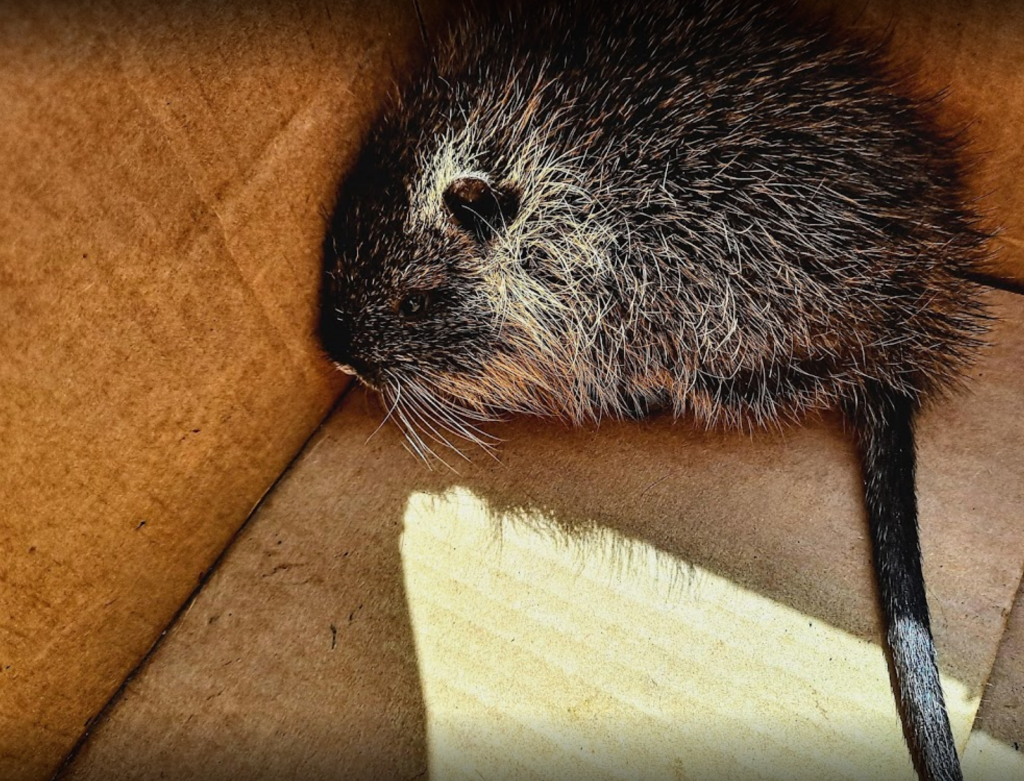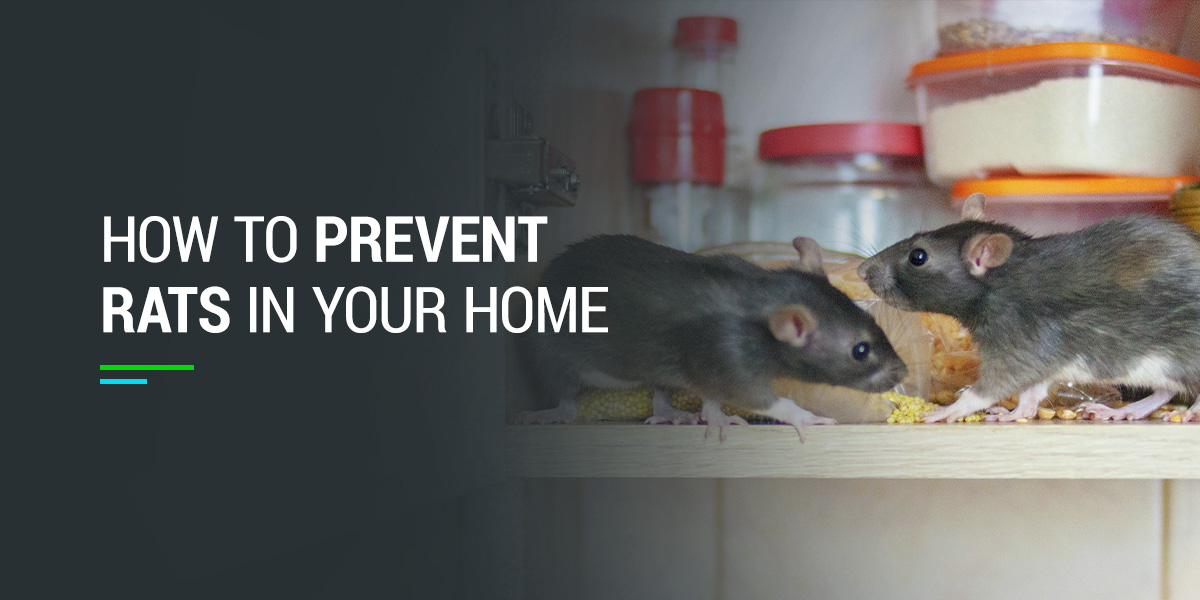Unfortunately, rats are relatively common pests — and you don’t want them as a roommate. These animals can introduce destruction and disease inside your house. Nobody wants to see the remnants that rats leave behind on their kitchen countertops or smell the odors they bring with them. Even worse is finding damage to insulation, wiring, or other structural elements of your home.
While rats most frequently live in the attics, walls, and crawlspaces of your home, they may also enter the living spaces when their population is too high or if outside resources are scarce. To avoid the issues that rats bring with them, you should ensure your home is clean, organized, and free of certain attractants. Learning about what attracts rats to your house can save you stress, worry, and the costs associated with rats in your house. Explore six things that rats are most attracted to below.
1. Food
Food is the most common cause of rats in your house. Rats are not picky when it comes to food and will feast on anything that is left behind. Crumbs on the floor, food not sealed on the counter or even pet food can be an easy meal for rats. Because of this, it is important to make sure that rats do not have access to food scraps.
Make sure to keep crumbs at bay and sweep your kitchen, dining room, and any other rooms where you eat often. Likewise, make sure to seal leftover food in storage bags or containers. If you have pets, clean up their food after their feeding times. Keep the rest of their food sealed tightly to avoid attracting pests.
Difference Between Rats & Mice ➔
2. Plant and Animal Products
Because rats are not picky eaters, they do not follow food guidelines like humans or household pets. They will often find other things to eat like soap, bird and grass seed, leather, and fur products. Rats will eat just about any plant or animal product, so if you have items in your house, like soap made from lard or genuine leather, these are at risk of being a rat’s next meal.
Make sure to keep these items away from other food sources like the kitchen and keep them sealed when possible. If storing birdseed or grass seeds, keep them in thick, tightly sealed containers. Rats can chew through thin plastic, so putting seeds in thicker containers that rats can’t smell or chew through is an easy way to avoid rats in your home or garage.
3. Plants and Vegetation
Just like food, plant, and animal products, plants and vegetation themselves can be a food source for rats. What plants do rats eat? Fruit and nut plants are the most common types of plants that can attract rats to your home. Tomato plants on a terrace, porch, or patio or an herb garden on the window sill of your kitchen can be an invitation for rats to enter your home.
If you have rats invading your home, it may be time to move plants outdoors and further away from your house or remove the plants altogether. Installing screens around your porch or plant can also help to deter rats from feasting on indoor plants.
Outdoor plants, especially fruit trees, can also entice rats to enter your home. Trees and vegetation with limbs that extend close to a roofline are an easy point of entry for rats. They may eat off the tree, jump to roofs and gutters, and quickly find an entrance to your home, providing them with easy access to food and shelter.
Keep tree limbs near your house trimmed back from the roof, making it more difficult for rats to climb around the outside of your house and find gaps or holes that lead to the interior of your house.
How Do Rats and Mice Get In Your Home ➔
4. Shelter and Nesting Materials
Plants are not just food sources for rats — they provide them with the perfect nesting materials. Rats can take leaves, stems, mulch, hay, straw, and other plant materials to create a warm and cozy shelter.
If you have indoor plants, make sure to keep them maintained and groomed, picking up dead and dry scraps around the plant that may make a good bed for these unwanted pests. If rats are already in your home, it’s a good idea to get rid of indoor plants. Providing them with food and shelter will give them a reason to stay and grow their families in your home.
Rats can use other clutter or scraps as nesting material. Piles of paper, scrap paper, shredded paper, and tissue paper are all easy materials for rats to build nests. They may also snatch smaller pieces of fabric like socks or scrap fabric for their nests. Garbage is another easily found material that rats will use to build their homes within your home.
Keeping your house free of clutter and properly organizing and storing materials that can be used for nests will help to control your rat problem. Store scrap material, fabric, and extra linens in a large plastic container. Organize and file papers in a filing cabinet or thick plastic container. Keep your floors, attics, garages, and closets neatly organized to prevent rats from stealing and ruining your stuff.
5. Waste
Waste in your home can be used as both food and shelter for rats. Rats with easy access to garbage cans will often dig through trash to find food scraps and leave with wrappers and packaging that will keep them warm. Keep trash bags in thick plastic or metal cans and bins with a lid that rats can’t penetrate or enter.
You can also put food waste in the garbage disposal to avoid having it sit in your trash can, emitting a smell that will attract rats. If you compost food scraps, keep compost in a thick, tightly sealed container that won’t attract rats. Process and remove the compost frequently.
Waste does not only refer to the trash in your home. Other waste includes digested food from pets. As mentioned above, rats are not picky eaters and will dig through pet waste as a source of food. It is important to clean up after pets frequently. Do not allow pet waste to sit in your yard or inside your house to avoid attracting rodents.
6. Water Sources
Just like food, rats need water, so leaky water sources will seal the deal for rats that want to live in your home. A common area where rats find water is through leaky or dripping pipes and faucets. Make sure to regularly check and maintain waterways throughout your house. If you notice dampness in your kitchen, bathroom, basement, or attic, you may be providing ample opportunity for rats to live in your house.
Other areas of water sources that are enticing to rats include your pet’s water dish, birdbaths, sprinkler heads, or the drip pan for your air conditioning unit. Keep a close eye on these things to make sure they are not providing a breeding ground for rats. Fix all leaky water sources and clean up excess water immediately.
Get Help With Preventing Rats From Entering Your Home
If you are worried about or already experiencing rats in the attic, walls, crawlspaces, or coming into your home, it may be because rats are most attracted to food, plants, waste, water and nesting materials that are a regular part of your home. How do you prevent rats from coming into your home? For professional rat removal and prevention, we can help.
Contact Urban Jungle Wildlife Removal, LLC for rat removal, exclusion, sanitation services, and ongoing rodent control outside your home. Have peace of mind that we’ll manage and mitigate health risks and home disturbances from rats, ensuring they don’t return to your house. Through our expert animal removal techniques, you can enjoy a pest-free home.
More From Our Blog About Rats & Mice


